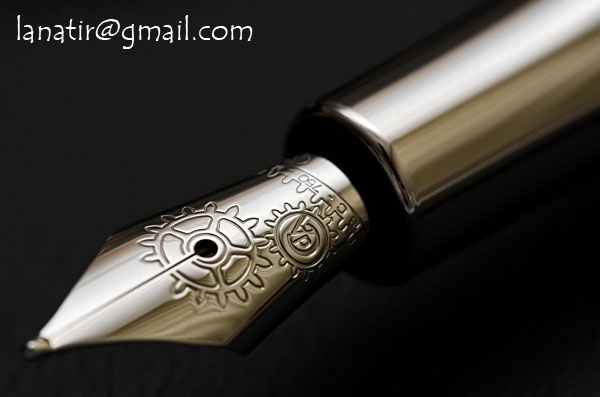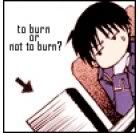A logo is the graphic element of a brand which is set in a particular typeface, or arranged in a particluar, yet legible way, designed specifically for that brand. The logo should have elements in it which are defined by the content of the newspaper. For example, The Independent, a left wing paper, has a bird flying away and a serious looking font. This connotes freedom, intelligence and suggests some of the brand's ideology. The Scotsman has a picture of a thistle, which is Scotland's national symblol. Another (and a more local) example is the ship on the Evening Post. This is integral to the brand's identity as it is based in the Bristol area, a place famous for its docks and trade ships. Furthermore, the title also contributes to what people associate with that paper, some are more abstracted and others are more simple and straightfoward. If the logo is distinct and unique then the audience will be able to recognise it more eaily, and the brand's identity will come to mind more readily.
Here, the logo is fairly simple. The font is serif and thus, easy to read. However, it is slightly bolded, creating a friendlier look and appeals to a mass audience. This is appropriate as the Mercury is distrubuted across Somerset, as shown in a smaller font size above, leaving the main focus on the name. The red is reminicent of tabloid papers, perhaps connoting that it has some similarites with this type of paper, for example, the size of the paper or aspects of 'tabloid journalism'. Mercury is also a planet and a chemical, suggesting that it is 'foreseeing' or suggesting that the news in inevitable. This then suggests that the paper's publishers views their paper highly.
This paper looks slightly more serious than the above due to the less rounded serif font. The red, again, is reminisent of tabloid papers. The title here is farily straightfoward as it is often picked up by commuters.
The title is logical as this paper is often picked up on trains or buses by its readers, suggesting that they are busy and are partaking in the metropolitan lifestyle. The text used is fairly bold, simple and in capitals to catch the reader's eye. Blue and white combined are often associated with the Metropolitan police force, suggesting that the ideology of the paper includes a large moral standing.
The font here is narrow serif and suggests that the paper has more intelligent content. The black is simple, sleek and modern, connoting that the paper does not conform to traditionalist/authroitarian views. The bird suggests freedom and the title itself suggests the importance of the individual.
This font is rather elaborate, yet formal at the same time. The lack of colour adds modernity and minimalism, which is perhaps what the readers want, along with some more traditional values. It stands out because of this.



















